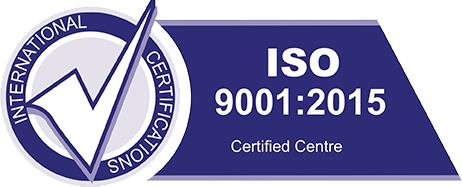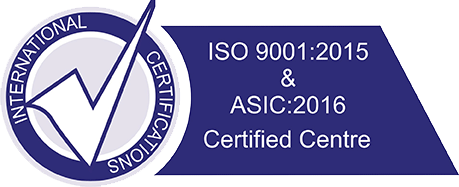There are a lot of practices in ART that help ensure you can give the best chance for an embryo to implant. No all these are known to the patient undergoing IVF but is routinely recommended by the Fertility experts.
Here are 5 reasons why your IVF Specialist recommend that you skip an embryo transfer in the same cycle that ovulation stimulation was done and go for a FET in the consequent cycle instead:
- Eliminates OHSS: OHSS or Ovarian Hyperstimulation Syndrome is a dreaded side effect occurring during ovarian stimulation done for IVF purposes. These women with polycystic ovaries and good ovarian reserve are at higher risk for developing the same. Even if it happens, it is usually of the mild variety but in more severe forms, it can lead to fluid accumulation in the tummy and in the lungs and can even require admission in the intensive care. Pregnancy INCREASES the chances of OHSS. Thus if a Fresh embryo transfer is done and if the woman gets pregnant, she could be in trouble. Most good clinics around the world try and achieve OHSS Free Clinics and thus prefer frozen embryo transfers.
- Better Pregnancy Rates: During the injection period, when eggs are being made, the hormones are all over the place. This causes some changes in the lining of the womb which reduces the changes of the embryo attaching and burrowing into the lining (what we know as Implantation). In a subsequent month, when injections are not being given and the body is behaving more normally, the chances of implantation are much higher.
- Allows Genetic Testing: Pre Implantation Genetic Screening (PGS) of the embryos, reduces the chances of miscarriage and shortens the time to conception. This is best done with a biopsy of the Day 5 Blastocyst embryo. The results of the biopsy take a few days’ time thus Embryo transfer cannot be done on Day 5 and currently, science does not allow us a means to keep embryos outside the human body beyond that. Thus embryo freezing makes it very easy to get the biopsy done.
- Less risk for the Pregnant Mother: Pregnancy arising out of Frozen embryo transfer has lesser complications for the mother as compared to a Fresh Embryo Transfer. Risks for maternal Hypertension, Placental Abruption (fatal, sudden separation of the placenta), Placenta Praevia (placenta being present dangerously low in the womb) and Antepartum hemorrhage (bleeding during the 3rd trimester of pregnancy, sometimes requiring preterm delivery), is much lower with Frozen Embryo Transfer compared to Fresh Transfer.
- A lesser risk for the unborn baby as well as neonate: The chances of having lesser growth during pregnancy or sudden unexplained serious health problems after birth are lesser with Frozen Embryo Transfer.
For more information read this article: Fresh Embryo Transfer VS Frozen Embryo Transfer.
Post your Comment
Comments by members
...
Contents © 2025, Care Fertility Solutions Pvt Ltd. All Rights Reserved.
Design By: AV Solutions


